Daoine-Sìth Sex Determination
Outsider is a Forbidden Island short story. Watercolor Memories is a Forbidden Island novel. Are they part of a series?
Not in the usual sense. Watercolor Memories and the Forbidden Island short stories share a few characters, but are otherwise independent.
The Forbidden Island lies off the west coast of Scotland. It’s been under a strict military quarantine since World War II. The island’s name in Gaelic is Eilean nan Sìthean, which translates as “Island of the Fairy Mounds.” Indeed, before the war, it was known for the burial mounds of the Fair Folk—the Daoine-Sìth, which literally means “people of peace.”
The Fair Folk were long dead when World War II began, humans having killed them off. All that remained were the stories in Scottish lore, the earthen mounds, and the occasional claims of unusual animal sightings in the area.
Toward the end of World War II, a biological weapon meant for London veered off course and struck Eilean nan Sìthean. Within forty-eight hours, the ensuing plague killed all of the men and most of the women on the island. The military was so concerned that it killed the few people who tried to escape the island. To this day, the governments around the world insist on a complete quarantine. Even small fishing boats near the shore of the island are targeted.
Six months after the biological weapon struck Eilean nan Sìthean, the survivors bore the children of the plague—the Fair Folk reborn. They were tiny, frail babies with large pink eyes and white hair, more doll-like than human in appearance. By that time, it was apparent that the plants and animals on Eilean nan Sìthean had also become new species.
The new Daoine-Sìth were unusual in that the children all appeared to be female. A few years later, they went from white hair and pink eyes to blonde hair and blue eyes. In their teens, they changed again, to red hair and green eyes. At that point, the children became much more active, even aggressive at times.
Over the years, the military has attempted to collect enough information for the scientists to better understand the Daoine-Sìth. Unfortunately, none of the reconnaissance parties have survived, apparently due to the plague.
Approximately sixteen years after the war, additional children were spotted by the drones that patrol the island. Based on several Daoine-Sìth bodies that were examined, the CDC conclude that the redhead teens can mate with each other, one giving birth to children and the other nursing them.
In a few cases, Daoine-Sìth children have somehow appeared among the humans, far from the island. As they are a threat to the human race, they are held in Biosafety Level 4 containment facilities or are disposed of. The blood of a redhead Daoine-Sìth is invariably fatal to humans.
In your stories about the Forbidden Island, when two Fair Folk kiss, it triggers the development of sex characteristics as well as pregnancy. Can you share a little more detail about that?
Daoine-Sìth go through several stages of development. They start out small and frail, with white hair and pink eyes. When they’re seven or eight, their hair darkens to a pale blonde, and their eyes turn a steel blue. In their teen years, their hair darkens to a strawberry blonde or ginger, and their eyes become an emerald green.
In order for two Daoine-Sìth to bond—and they mate for life—they must both be redheads, and they must exchange saliva. That process triggers sex development in both of them. One becomes Daoine-Sìth male and starts bearing their children. The other becomes Daoine-Sìth female. Her hair returns to a pale blonde, she gets breast development, and she nurses their children.
You say in your books that every ruadhan—every redhead—expects to become male when bonding. What determines which one bears children and which nurses them?
Eilean nan Sìthean—The Forbidden Island—has been under a strict military quarantine since World War II. Although the Daoine-Sìth are immune to the plague that killed most of the island’s population, the Zwitter bacteria is still there and still active. Most of what our intelligence services know of the Daoine-Sìth is from satellite or drone surveillance or from the few Daoine-Sìth who have been captured and studied.
The Daoine-Sìth are essentially human females in a symbiotic relationship with the Zwitter bacteria. The process of sex determination isn’t well understood, but I’ll try to provide a simplified explanation here.
The single nucleotide polymorphism—SNP—is the basic DNA building block. In the human genome, there is one particular SNP that the Zwitter bacteria interacts with. There are three possible configurations and three possible results. For convenience, let’s call them P, R, and S.
Remember that this is a simplification. In a ruadhan—a Daoine-Sìth redhead—the saliva contains haploid gametes—cells that have a single copy of each chromosome rather than two. A ruadhan whose Zwitter SNP is in a P configuration, their saliva will also has the P strain of the Zwitter bacteria.
If a Daoine-Sìth ruadhan with the P strain of the bacteria exchanges saliva with one who has the R strain, the first will bear children, and the second will nurse them.
If a Daoine-Sìth ruadhan with an R strain of the bacteria exchanges saliva with one who has the S strain, the first will bear children, and the second will nurse them.
If a Daoine-Sìth ruadhan with an S strain of the bacteria exchanges saliva with one who has the P strain, the first will bear children, and the second will nurse them.
If two ruadhans with the same strain of bacteria exchange saliva, nothing happens.
So, which one becomes male and which one female isn’t random. It’s determined—at least indirectly—by their genetics, but the Daoine-Sìth don’t have the technology to look at their genetics.
Follow the tour HERE for special content and a giveaway!
$20
Amazon giftcard,
ebook of Confessions of a
Teenage Hermaphrodite,
ebook of A Proper Young
Lady – 1 winner each!

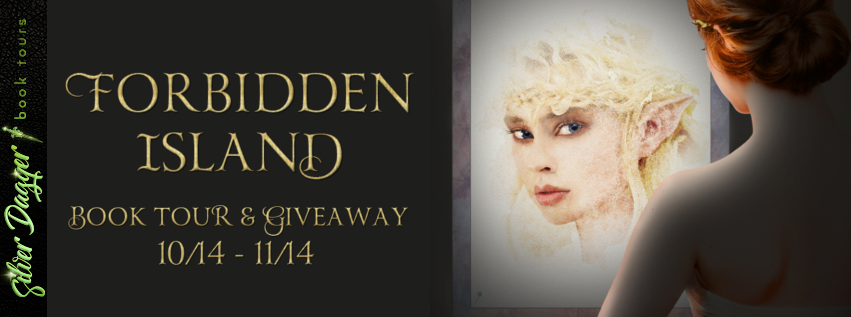
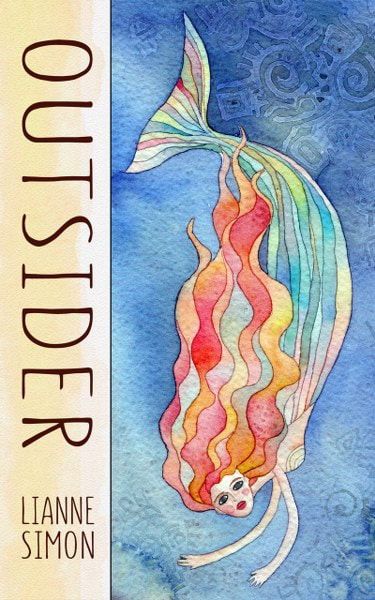

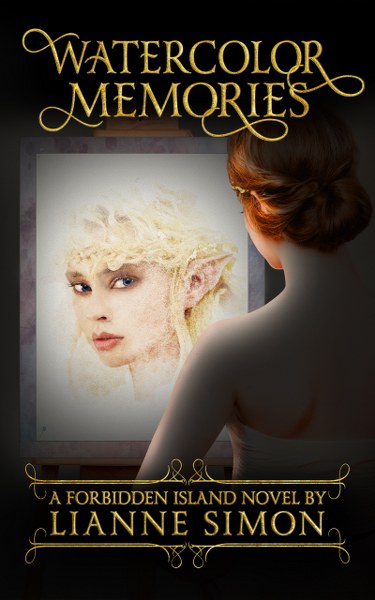

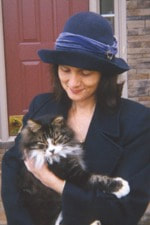

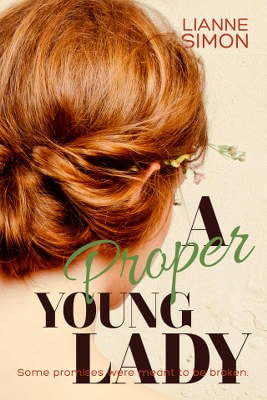
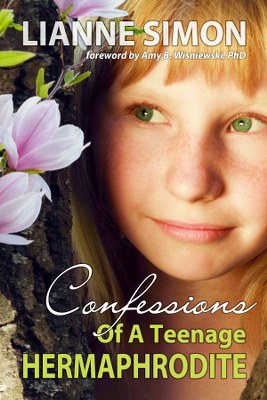

No comments:
Post a Comment